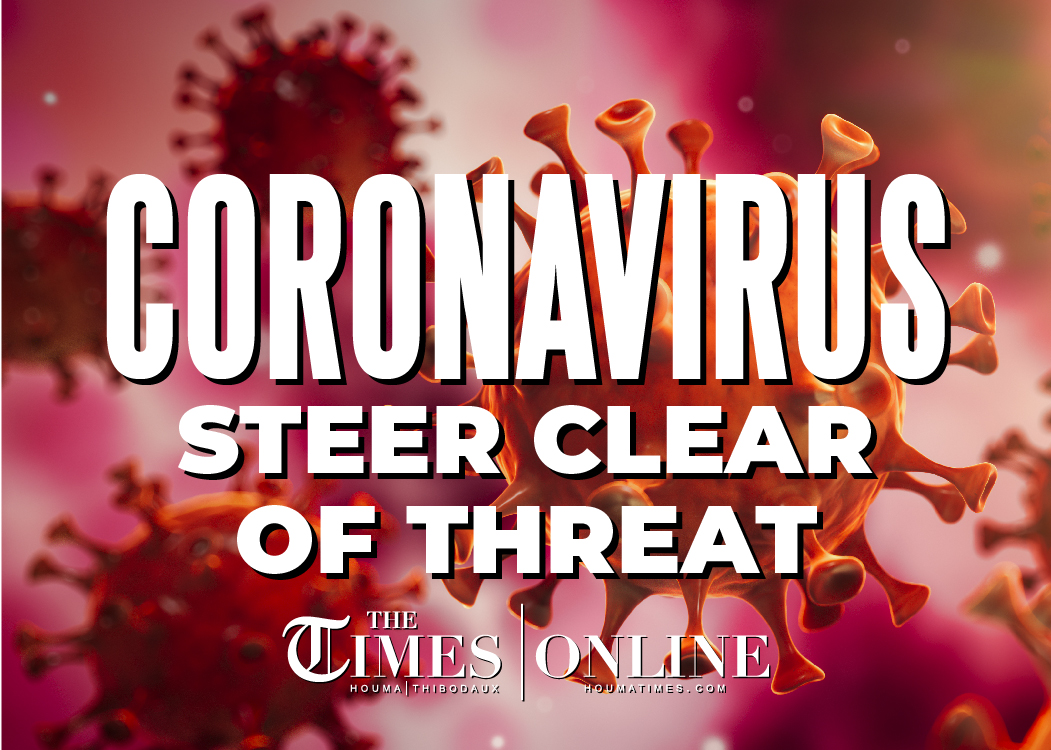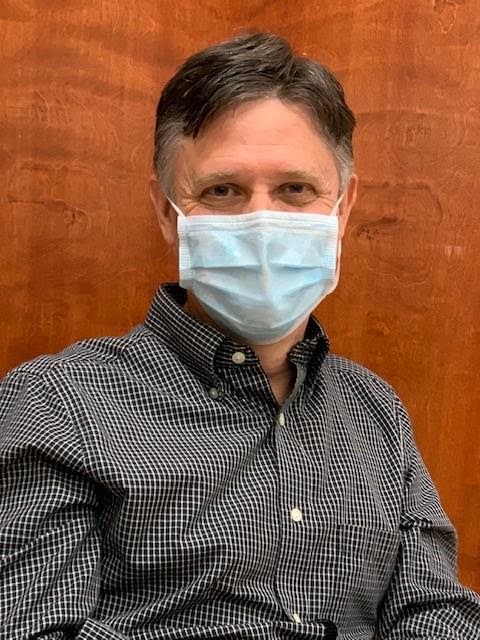
State adds 1,303 cases as deaths surpass 4,000
August 6, 2020
Shooting in Raceland leaves two injured
August 6, 2020Dr. W.S. “Chip” Riggins is the Regional Medical Director for the bayou and river areas of Region 3 Office of Public Health (OPH), which include Lafourche and Terrebonne. A retired Air Force colonel, Dr. Riggins has 30 years of state, regional and local health authority leadership as a public health and preventive medicine physician.
Dr. Riggins recently talked to the Times to answer various questions regarding COVID-19. In Part 3 of the Q&A, he discusses returning to schools, multisystem inflammatory syndrome in children (MIS-C) and fall sports.
Q: Gov. John Bel Edwards and education officials have expressed that children should be back in schools this fall. If a school strictly follows all the guidelines that the Louisiana Department of Health has published, how likely, in your professional opinion, could that school still have an outbreak?
A: I think it’s not if — but when our schools experience cases of COVID-19. But we’re working hard to plan with them and together to put into place the preventative measures: the plans for quarantine and isolation; the plans for disinfection and isolation of that; the plans the schools are putting in place to limit the number of contacts that children have with each other throughout the day. All of that goes to trying to reduce the likelihood that the schools themselves become a point source for a cluster or an outbreak. I hope we don’t see that.
We’re still learning more and more studies out this week (July 26 – July 31) about COVID-19 in children. This is one of the features of dealing with a novel virus — that’s a new virus that we haven’t seen before. We’re going to have to still learn.
But our schools are going to great lengths. We’re just going to have to see how that goes and how effective their measures are because the virus is still very present. As we discussed earlier, Louisiana still has a very high per capita rate of COVID-19. It’s likely that the virus will be introduced in our schools and will be a test of our plans and procedures early on.
Q: How worried should parents be about multisystem inflammatory syndrome in children (MIS-C)?
According to the CDC, MIS-C is “a condition where different body parts can become inflamed, including the heart, lungs, kidneys, brain, skin, eyes, or gastrointestinal organs. Children with MIS-C may have a fever and various symptoms, including abdominal (gut) pain, vomiting, diarrhea, neck pain, rash, bloodshot eyes, or feeling extra tired.”
A: I do want to emphasize that it continues to be a rare complication of COVID-19 infection in children…However, it’s an important reminder that this disease is not innocuous in children. I do see reports that we should just let it go because…it’s very mild. But the MIS-C syndrome is an important reminder that we don’t understand what places the children at risk for this; its complication is a very severe inflammatory response to the virus that causes multi-system failure, a very serious consequence. But again, not to be worried about it, but to be concerned and not dismissive of the risk in children.
Q: The LHSAA (Louisiana High School Athletic Association) recently announced fall sports workouts can begin on Monday, Aug. 3, and there are currently no plans to cancel fall sports. In your professional opinion, in where we are right now with the virus, should high school fall sports be postponed?
A: My opinion is going to be based on the best science, CDC’s guidance and our state level guidance. I’m aware that they’ve issued some revised guidelines for their workouts; they’re moving outdoors, doing everything possible. Now we’re watching the experience in major league sports, how they attempt to operate and to safely continue. We know as with any parts of our culture and society, we want to get those going again. But some of them are going to inherently be challenging — as far maintaining physical distance and so forth.
I know early on our data has shown an increase in the number of clusters or cases in student athletes. It’s not really possible to attribute that to any one particular facility or activity, but it suggests that their association, whether at school or on the outside, is putting them at greater risk than the rest of the population.
So we need to be very deliberate about adhering to those guidelines…The aim of this game is to reopen or resume cautiously but to be prepared to stop…So this is going to be a little bit of a trial and error experience.
You mentioned flu earlier, and that’s a good reminder that we always see a surge in respiratory, cold and potentially flu, in the fall in our schools when kids go back to school…I know the schools are going to partner with us to really put a big push on the importance of the flu vaccine for students this year. We don’t want to see a syndemic–that is an epidemic of COVID occurring at the same time as a flu outbreak in our community.
We don’t know what that would look like, but it couldn’t be good. The symptoms are very similar. The potential for droplet spread would be much greater. So, the synergy of having both going on at the same time really is a warning that we need to put a push on to use the most powerful tool we have for the prevention of influenza — which is for healthy adults, everyone over one to get their flu shot every year. And that’s especially true for students and student athletes this year.
*NOTE: Since Dr. Riggins spoke with the Times on Friday, July 31, the LHSSA pushed the start date for high school football games to Oct. 8.
Q: Is there anything else you would like to add about schools?
A: We’re just going to have to be flexible; we’re going to have to be patient. There’s no perfect way to prevent cases. As I said, I think we expect that that will happen. It will necessitate more distance learning. But our schools are planning very diligently to try to find that balance between providing the educational opportunity and minimizing the potential risk of the spread of COVID-19. So it’s going to be a difficult balancing act, and we’re going to have to work together as a community and adjust as we go along.
Part 2 can be read here.
Part 1 can be found here.









